Past Projects
Demographic Spatial Analysis
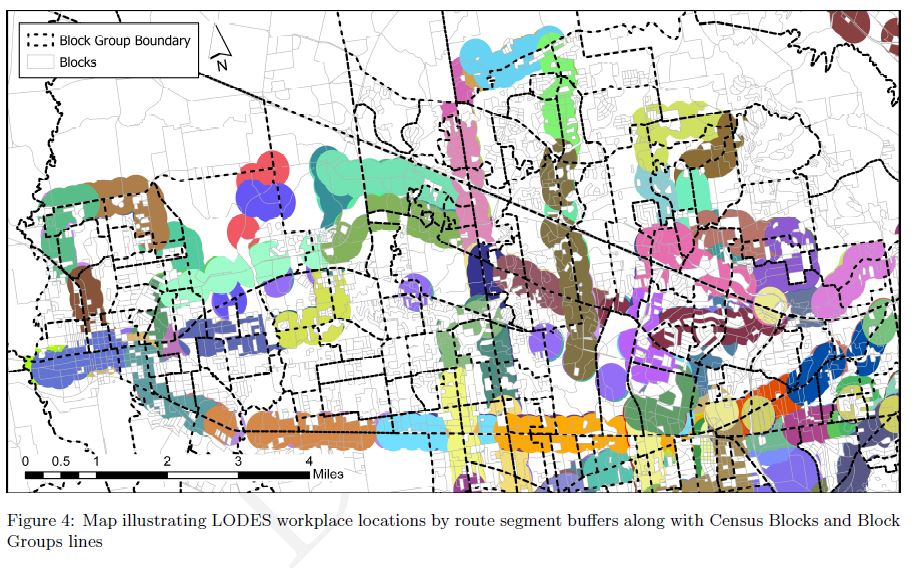
Situation: Data Scientist Needs Geospatial Datasets & a Map Visualization of Job Density within Walking Distance of Bus Stops, at the Bus-Route level. Portland Oregon, Miami, Minneapolis Metro Transit Systems.
Task: Use Census Geographic & Economic Data with Public Transportation Network (GTFS) data to build the products requested
Action:
- SQL used to join datasets on common fields.
- Performed Field calculations for job density within census blocks and block groups boundaries.
- SQL used to select jobs within ¼ mile of bus routes.
- Map created with ArcGIS
Result: Technique was published in Transportation Research Board Journal and work was presented at the 2018 TRB Conference in Washington, D.C.
Database Optimization & Migration
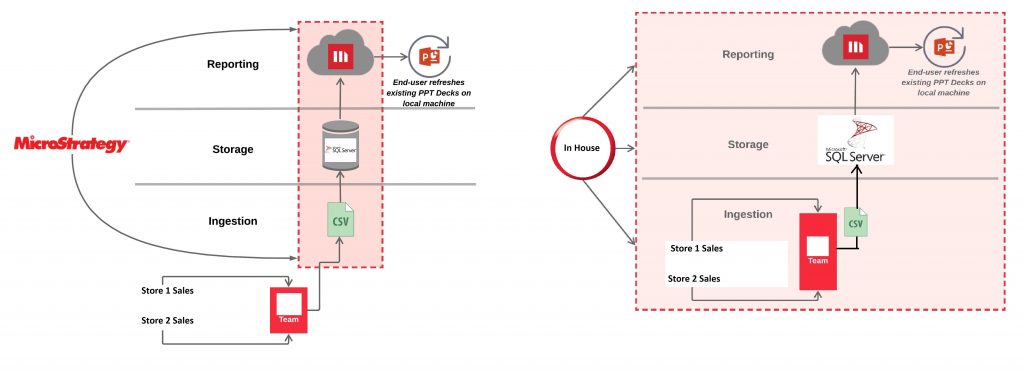
Situation: Bring External Reporting ETL Microservice In-House, Preserve Front-End UI
Task: For 2 major store-sales reporting teams, reverse-engineer reporting process to bring same solution in-house, then document before & after architectures
Action:
- Gather business requirements from sales reporting teams and external software vendor
Re-route data from external vendor server to internal server - Reverse-engineer/rebuild MicroStrategy solution in-house
- UAT testing
- Go-Live
- Provide technical documentation on team wiki/confluence
Result: Eliminated dependency on software vendor, preserved front-end ui in same style the users preferred.
Data Engineering / ETL Solutions
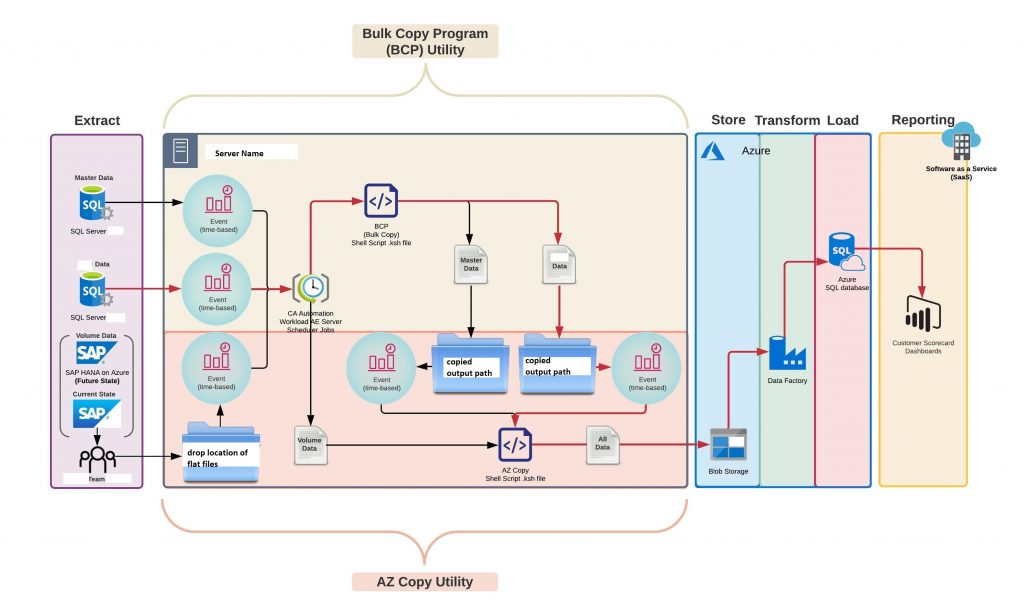
Situation: Fortune 500 Company requests Development, Delivery & Automation of Legacy Migration to Azure Cloud / Integration of Cross-Environment Data Sources
Task: Figure out how to use the AZ-copy utility to integrate data feeds in Azure, & automate data refreshes
Action:
- Work with Director of Data Engineering to Design and build an ETL solution for the Supply Chain Data Hub
- Gather business requirements and needs from Finance Team Stakeholders
- Build Azure AZ Copy Pipeline using Linux & SQL, integrate data from SQL Server using Shell Scripting
Result: Reduced customer manual burden by 50% saving precious time, $ and attention
.
Transportation Network Analysis + Hazard Prevention

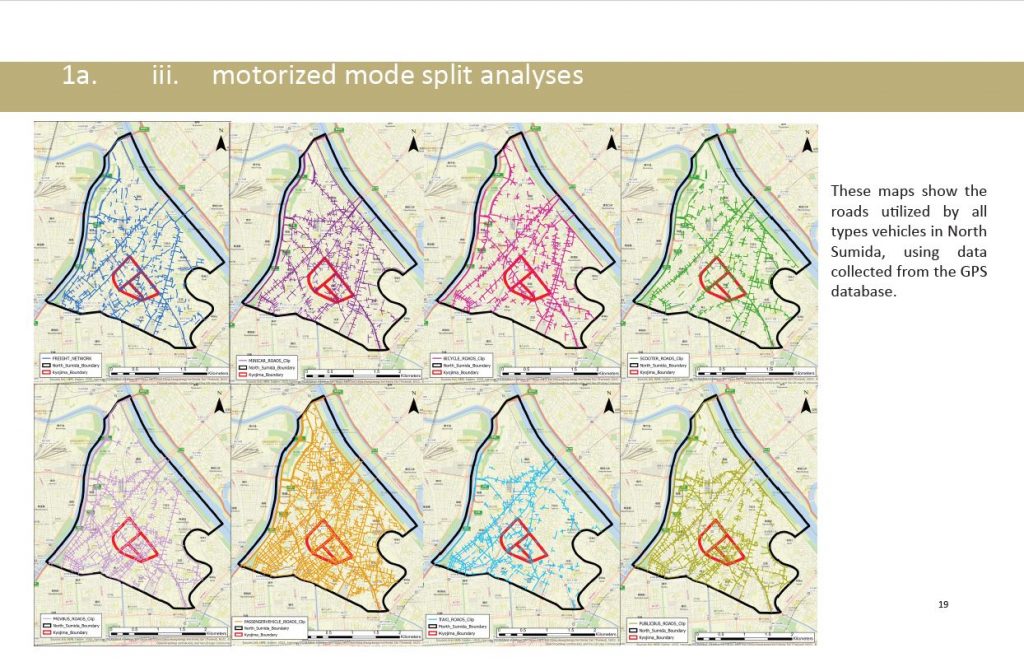
Situation: Smart Mobility & Vehicle Behavior Patterns-Tokyo Transportation Network
Task: Carry Out a Motorized Mode-Split Analysis + Modal Intersections (where different types of vehicles converge in paths used)
Action:
- SQL analysis of sensor data
- ArcGIS Pro Heat Mapping
Result: Identified most critical roads utilized by all vehicle types; Identified specific intersections that are safety hazards, made recommendation that any new development in these areas should be more pedestrian-friendly, to increase safety and reduce accidents.
Site Selection based on Human Behavior Analysis
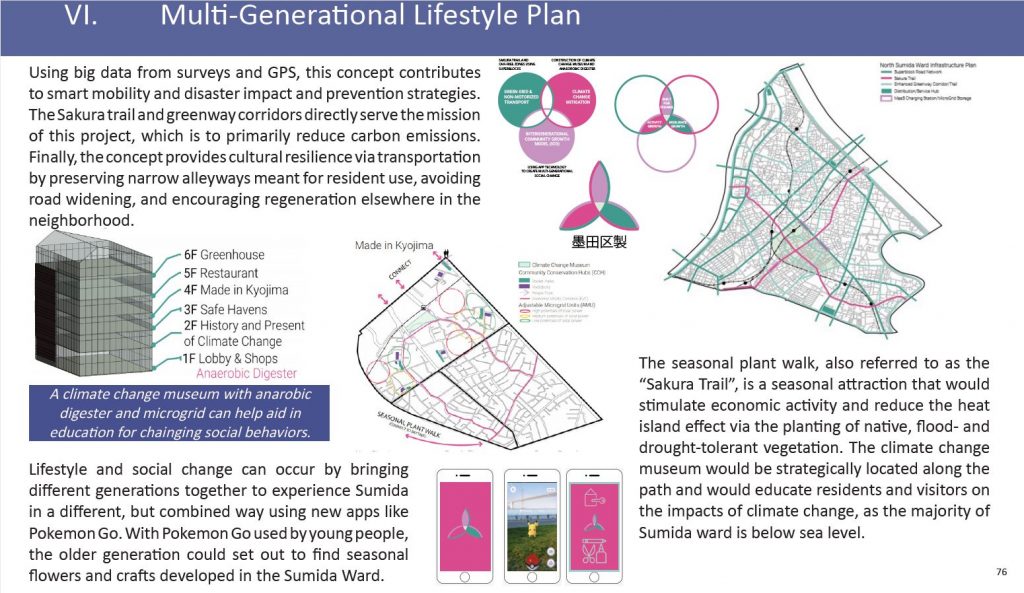
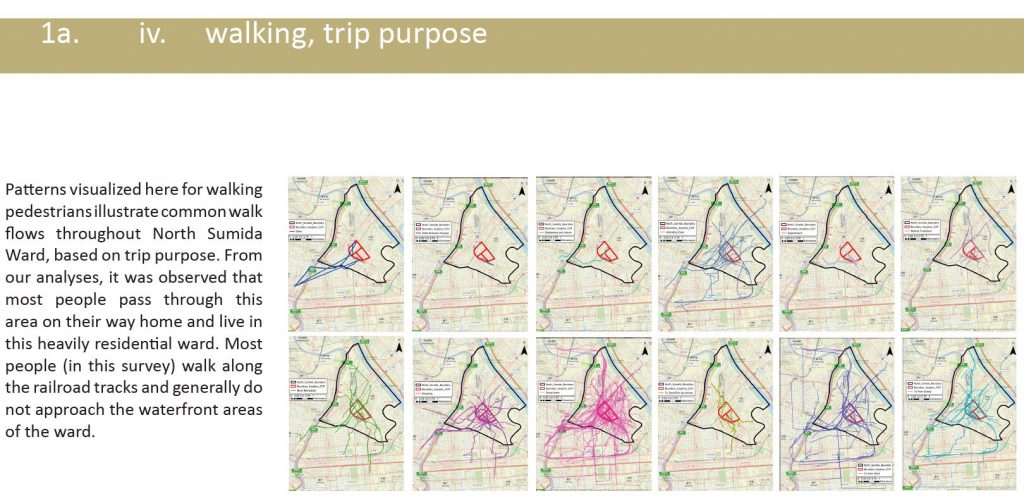
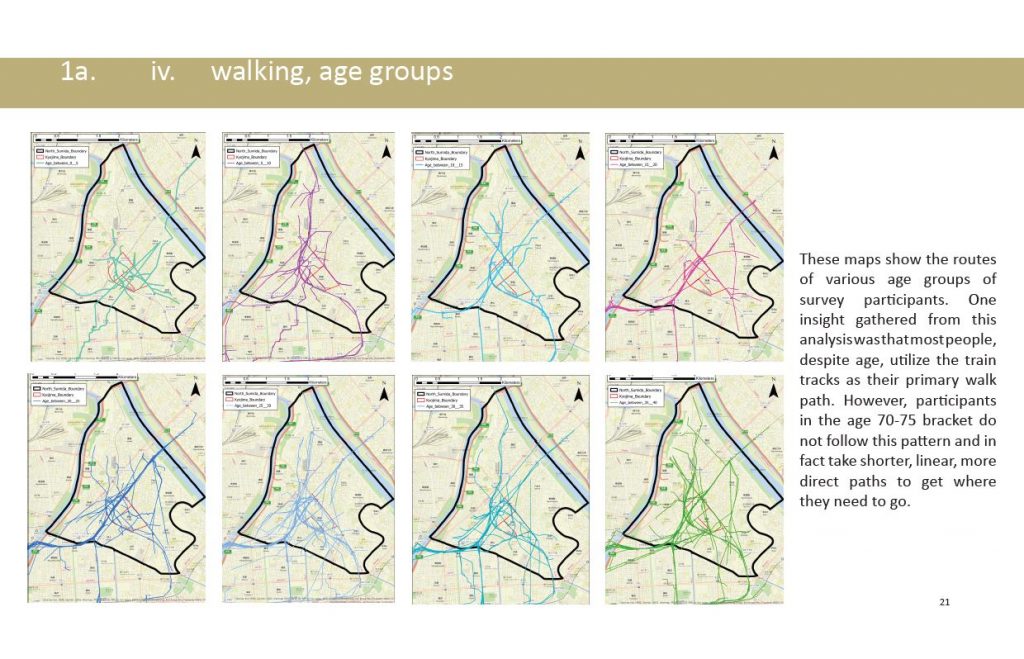
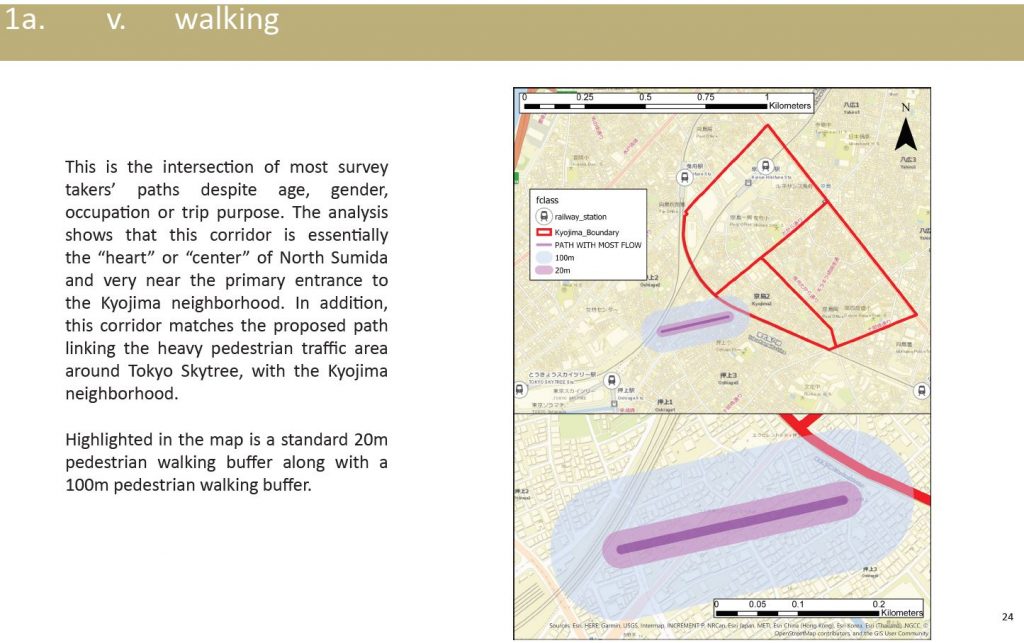
Situation:
Economic Development Opportunity Identification, Tokyo Transportation Network
Task:
Create an Eco-Friendly, Multi-Generational Lifestyle Master Plan for a changing neighborhood, that would
1) reduce carbon emissions
2) increase pedestrian safety
3) maintain cultural importance
4) identify paths along the transportation network that attract a heavy influx of people to drive tourism traffic
Action:
- SQL analysis of sensor data
- ArcGIS Pro Network Mapping
Result:
Identified the “heart” of the region, which also happened to be at the front gates of the neighborhood; created a pedestrian walking trail/greenway corridors design based on big data, that highlights the Cherry Blossom (Sakura) Tree Trail and also reduces the need for heavy commercial vehicles (safety and carbon emissions) on major thoroughfares
State of Georgia Car Crash Database
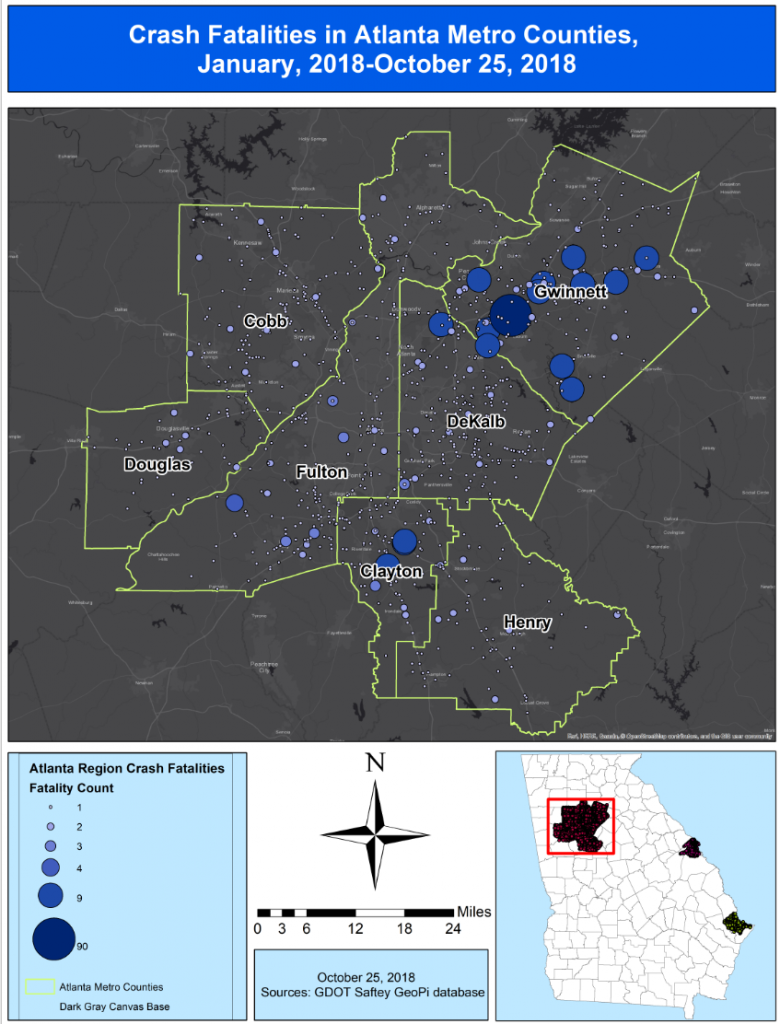
Situation
Assess the Georgia State Crash Database to identify areas of improvement in data accuracy and usability.
Task
Analyze crash fatality data in GA & the Atlanta metro counties, provide recommendations on enhancing the data collection, processing, and storage procedures to ensure high-quality, reliable data.
Action
- Data Collection Analysis: Conducted a comprehensive review of the current data collection methods, identifying inconsistencies and gaps in the reporting process.
- Data Processing Review: Evaluated the procedures used for data entry and processing to determine where errors and inaccuracies were introduced.
- Database Management Assessment: Examined the current database management practices, including data upload protocols and storage solutions.
Result
Based on findings, provided GDOT with a set of recommendations aimed at improving data quality at all stages:
- Data Collection: Standardize reporting formats and improve training for field officers to ensure consistent and accurate data entry.
- Data Processing: Implement automated validation checks to catch errors early in the data entry process.
- Database Management: Upgrade the database system to enhance data integrity and facilitate easier access and analysis for stakeholders.
These recommendations aim to ensure that the crash data is accurate, complete, and reliable, ultimately leading to better-informed decision-making and improved road safety initiatives.
Disaster Impact on Transportation Network
Heat Wave Scenario
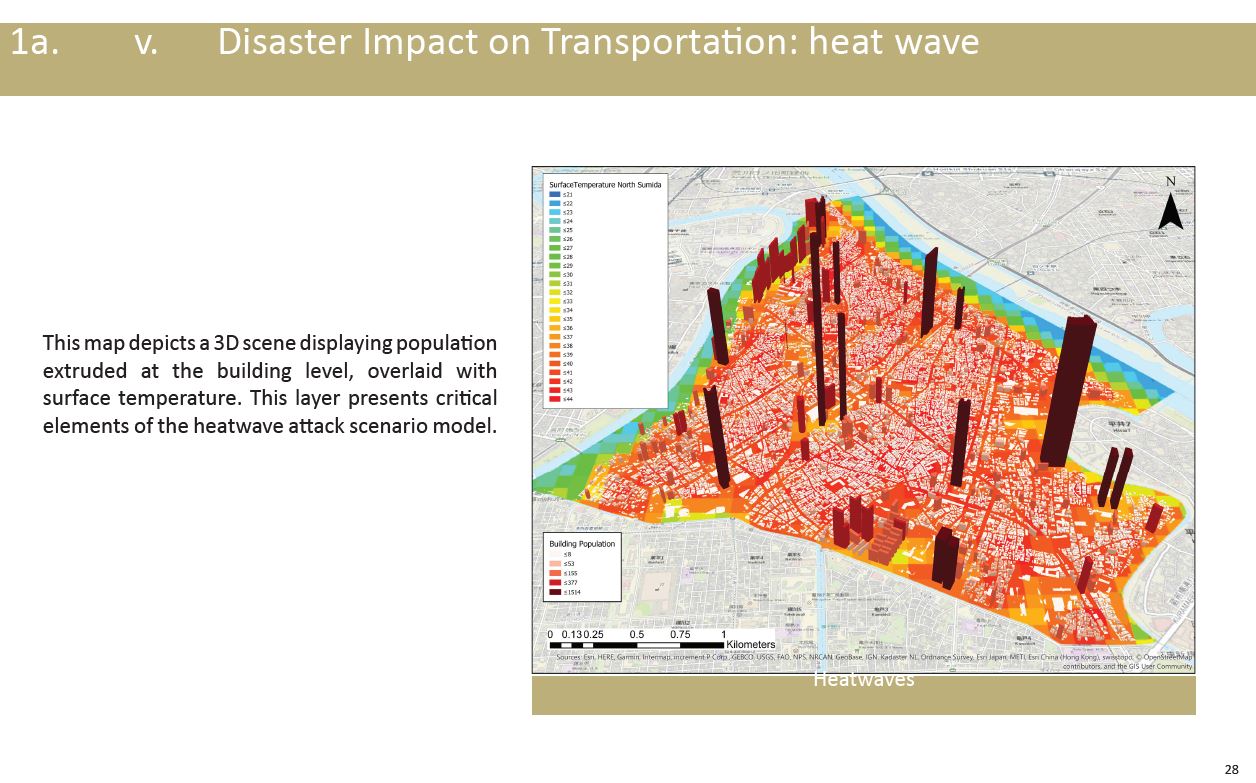
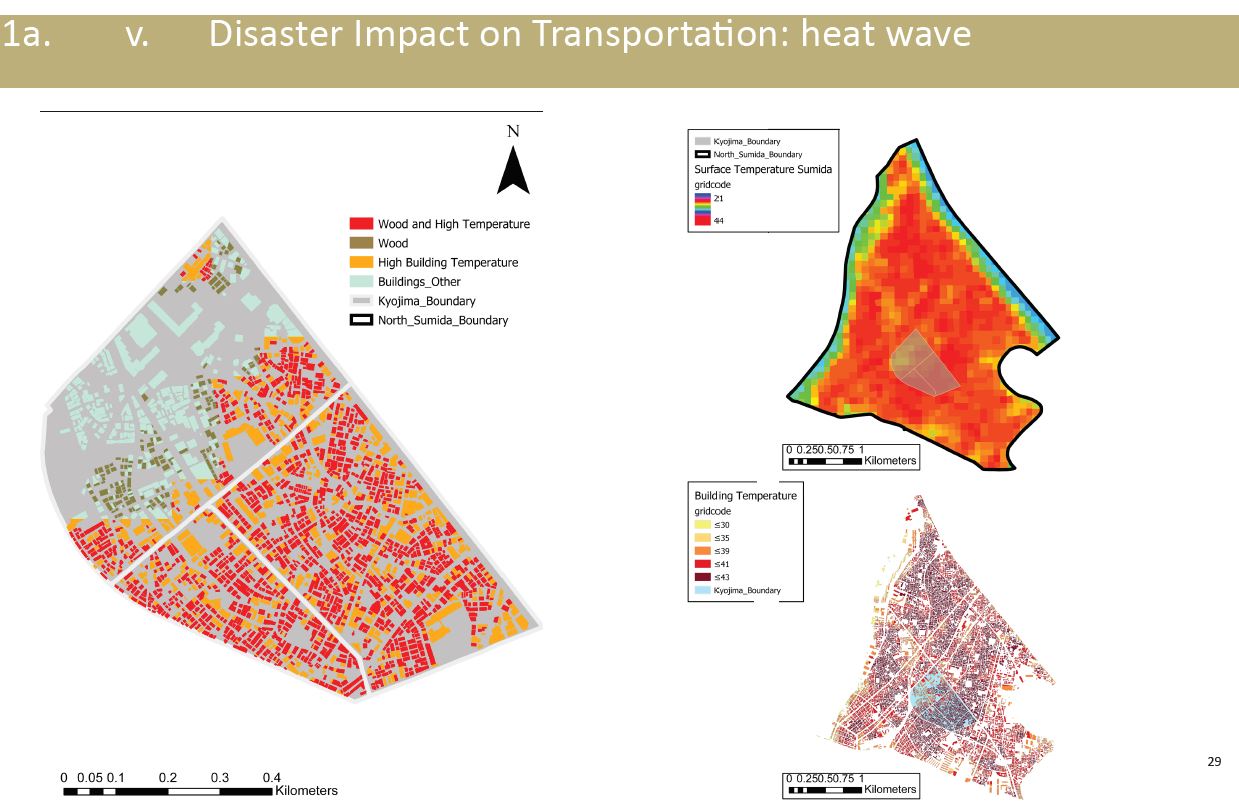
Situation: Fire Disaster Impact on Tokyo Transportation Network
Task: Combine building footprint data, surface temperature data, and road network data to illustrate density of potential fire outbreaks
Action:
- SQL analysis of population, building & climate data
- 3D Mapping in ArcGIS Pro using vector and raster data types
Result: Identified optimal firebreak paths that would preserve vulnerable wooden buildings & contain fires, resulting in the least amount of damage
Disaster Impact on Transportation Network
Flood Scenario
Situation:
Flood Disaster Impact on Tokyo Transportation Network
Task: Use road network and flood data to illustrate flood impact to evacuation routes
Action:
- SQL analysis of raster and vector flood data
- Mapping flood damage extent using ArcGIS Pro
Result: Maps showing flood impacts under multiple flood-scenarios from 1m-6m
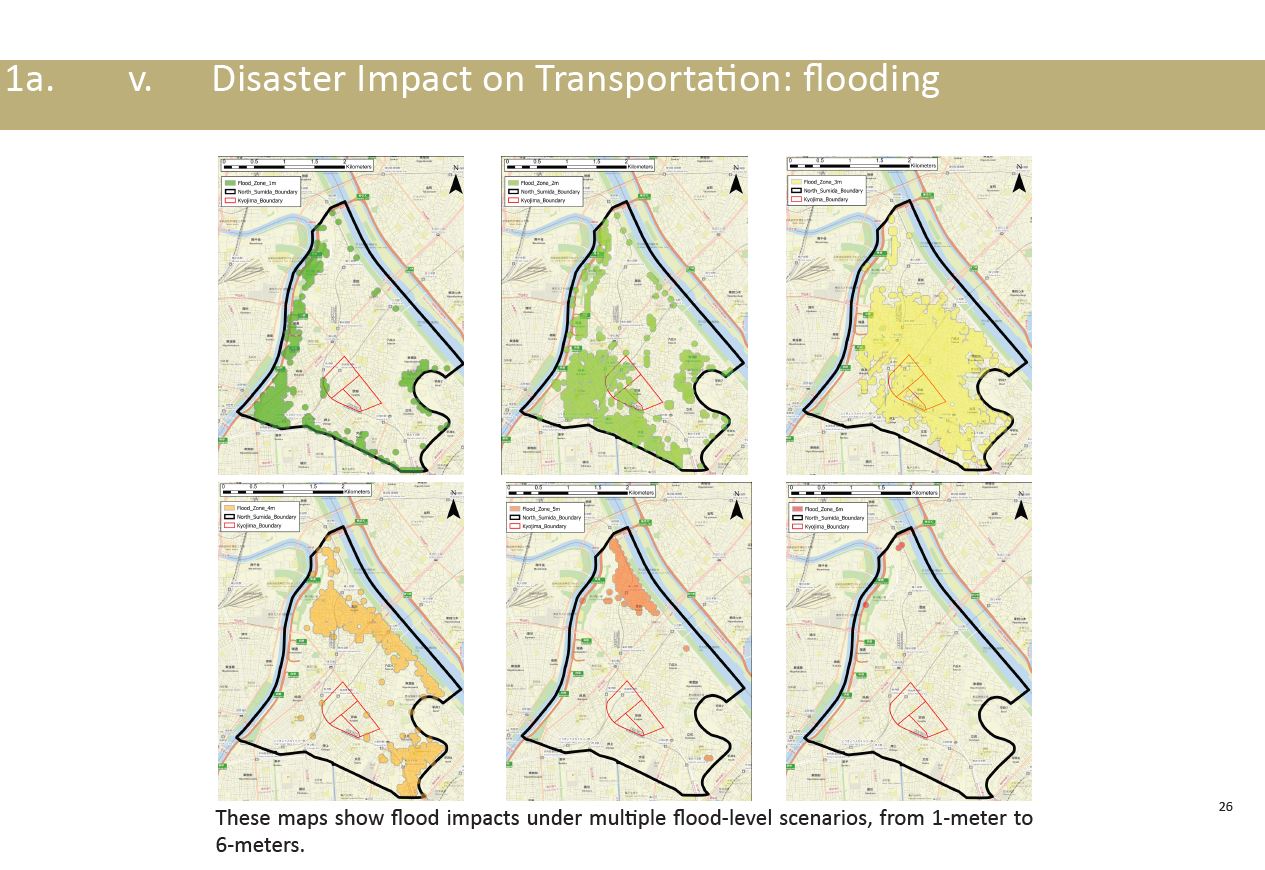
Disaster Impact on Public Safety Transit Network
Fire Scenario
Situation: Fire Impact – Tokyo Road Network
Task: Combine building footprint data, surface temperature data, and road network data to illustrate density of potential fire outbreaks
Action:
- SQL analysis of building data & road network
- Mapping fire breaks using ArcGIS Pro
Result: Identified optimal firebreak paths that would preserve vulnerable wooden buildings & contain fires, resulting in the least amount of damage
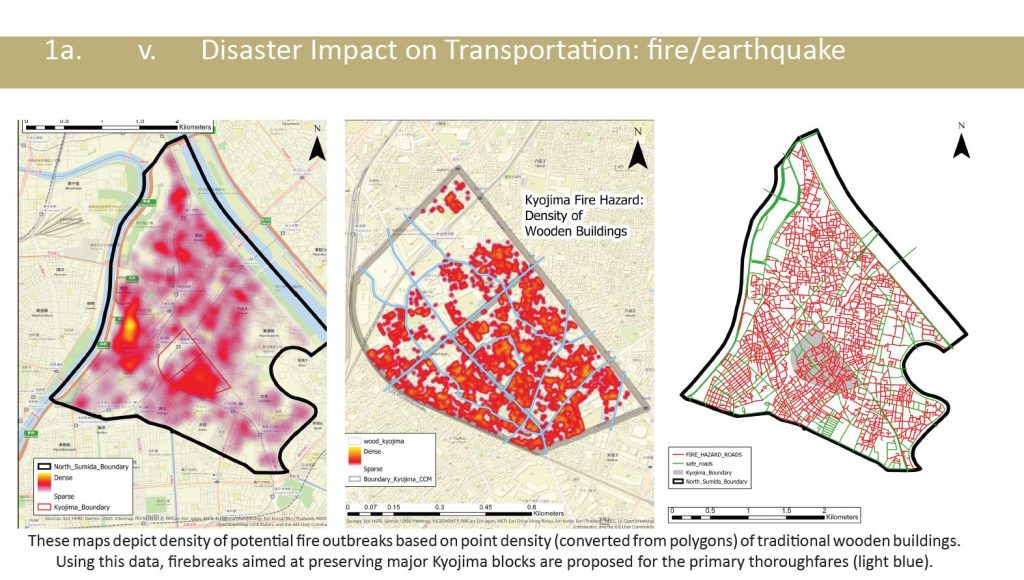
Unlock Insights, Transform Tomorrow!
Dive into the Data with Us – Your Partner in Precision Analytics.